9 Steps to Start an Interior Design Business in 2022
Learn how to start an interior design business from the professionals at Houzz Pro. Let these 9 steps take you from startup to thriving interior design company.
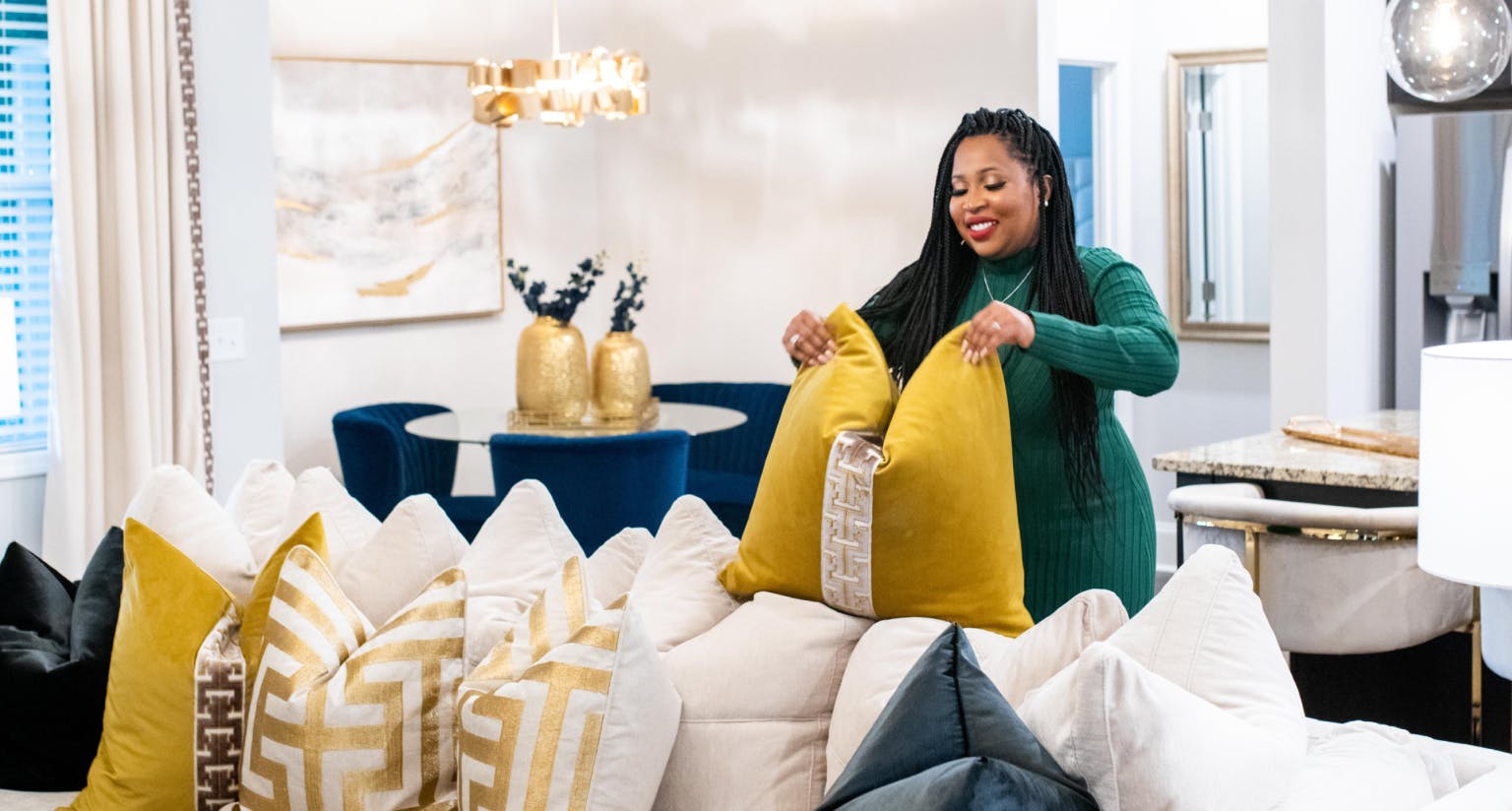
Maybe you’ve been redecorating your room seasonally since age 6. Maybe a friend loved an interior design project you helped with, and word got around. Maybe you started in a different career but have been longing to make the switch to something more creative and personally fulfilling. Whatever the reason, you’re envisioning an interior design business you can call your own. These steps will help you turn dreaming into doing and help you avoid waking up to a world of issues.

1. Get an Education
Many states require certification for becoming an interior designer; the most sought-after is obtained by passing the National Council for Interior Design Qualification, or NCIDQ, exam. Even if your state doesn’t require certification, it can reassure prospective clients that you know what you’re doing, especially if you haven’t built a portfolio yet. To take the exam, you’ll need at minimum an associate’s degree, certificate or diploma in interior design.
You’ll also need to learn construction terms and concepts, local building codes and any other related federal and local laws. And while it’s not required by law, learning practical business skills — money management, accounting, communications and so on — will set your new interior design business up for success and give you an edge over many other design firms.
“Of all the designers I’ve talked to, it’s more rare that they’re on top of their numbers and are tracking properly,” says designer and business coach Katie Gutierrez of Errez Design. “It’s more common that they’re just going with the flow from day to day.” Don’t forget that learning how to run the operations side of your business is just as important as managing the creative side for long-term success.
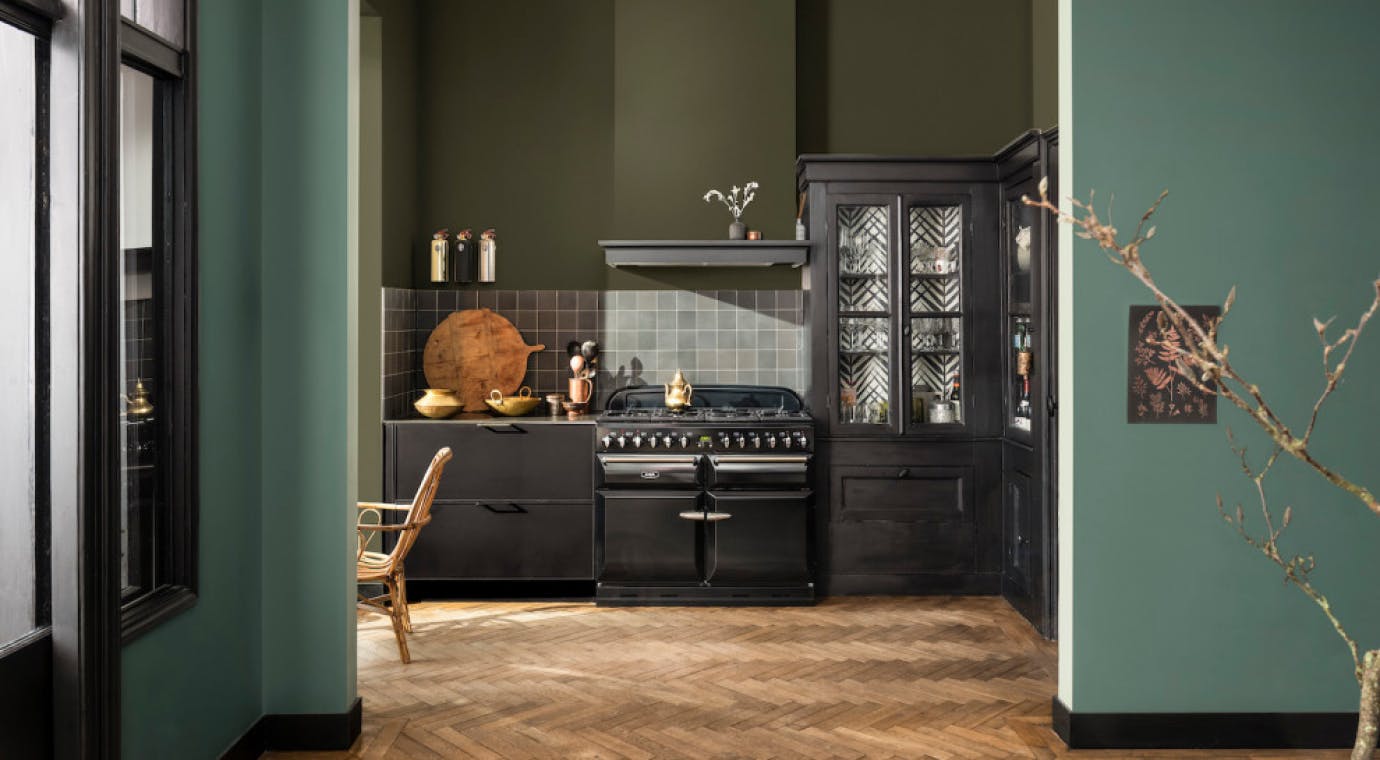
2. Decide Your Design Personality
Trying to be all things to all clients is a surefire way to lose what you love about design and to run yourself ragged. Instead, Gutierrez recommends finding your “North Star” — your guiding design purpose — and your unique personality. This goes deeper than just focusing on modern or traditional style, and speaks to a niche that you’re personally passionate about. It could be green design or working with families or those with accessibility needs … whatever resonates most with you. When early in the process of opening your own interior design firm, you might want to take on projects outside this area to build a portfolio and client list, but at least knowing your “North Star” will give you a strong starting point and a clear intention for the future.
Along with your design style and intention, figure out what services you’ll offer and how. Do you want to work only on kitchens and baths and in person? Or maybe e-services for small projects, like picking color palettes or reconfiguring furniture, is more up your alley. It’s also worth considering at this point your ideal client. And the description doesn’t have to be super specific, like “couples over 40 who make six figures.”
“We love working with people who are joyful and pleasant, who realize that this is not their eternal home, who don't take the process too seriously and like to have fun, who are willing to take risks and trust us,” says Laura Irion of Laura Design. “That's always the best result.”
Consider too what hours you’ll want to be available, and which clients will be most likely to be comfortable with the hours you choose.

3. Build a Business Plan
Now it’s time to get down to business — choosing a name, creating a business plan and deciding how to price your services.
Many interior designers choose a business name that’s simply their own name plus “Design,” “Designer,” “Interiors,” or something similar. Others choose a name that represents a concept they want to embody, as designer Ginger Curtis did with Urbanology Designs. Whichever style you go with, make sure the website domain is available and that no other business has that name, at least in your state. (You can likely search the latter on the website of your state’s business filing agency.)
While writing an interior design business plan might not seem like mission critical if you’re starting out small, it can be the difference between succeeding for the long haul and floundering after a year or two. “Generally speaking, creatives — specifically, interior designers — are very good at designing but don’t know how to run a business,” says designer Ann Ueno. “So their businesses fail within the first to three years, or they’re not profitable.”
Coming up with a solid business plan will lay the groundwork for running your business smoothly and profitably. Many resources and templates for plans exist online, but at the minimum you might want to include:
- A mission statement
- A market analysis
- How your company is different
- A financial plan
- Goals for the future — say, one-year, three-year and/or five-year plans.
- Your specific services and pricing structure
- A marketing plan
As for how to price your services, the three most common methods are:
- Hourly rate
- Fixed rate
- Cost plus (the cost of materials and subcontractors plus an added percentage)
Less commonly, some designers use a pricing model based on cost per square foot, or use a hybrid of the models. Take the time to figure out which of all these will make you feel most comfortable and ensure you earn the profit you deserve.
And while we’re talking money, you might want to get a bank account and credit card just for your newly created interior design business. They’ll make it easier to keep personal and business expenses separate, and they’ll also help you build credit for your business — handy if you ever want to take out a loan.
Watch a webinar on the most pressing financial and accounting management questions faced by interior design professionals today.

4. Handle the Legal Stuff
Determining your company structure, registering your business and obtaining any needed licenses are next. Many interior designers without employees register as a sole proprietorship, which doesn’t require registration, but you might also consider establishing a limited liability company (LLC) or even a corporation. All have different fees and tax implications, so consult your tax adviser about which structure is best for you.
To register your interior design business:
- If you plan to have employees, fill out the appropriate form on the IRS website, which will then issue an employer identification number (EIN).
- If you’re not a sole proprietorship, visit the website for your local secretary of state, business registration agency and/or franchise tax board (every state has its own registration process).
While no license is required to be either a designer or a decorator, remember that you can’t call yourself an interior designer without being certified. Sans certification, you’d be an interior decorator. And certain states require licenses to work unsupervised in commercial spaces, so be sure to check local laws.
Watch a webinar about five key problem areas in design contracts and how to remedy them.
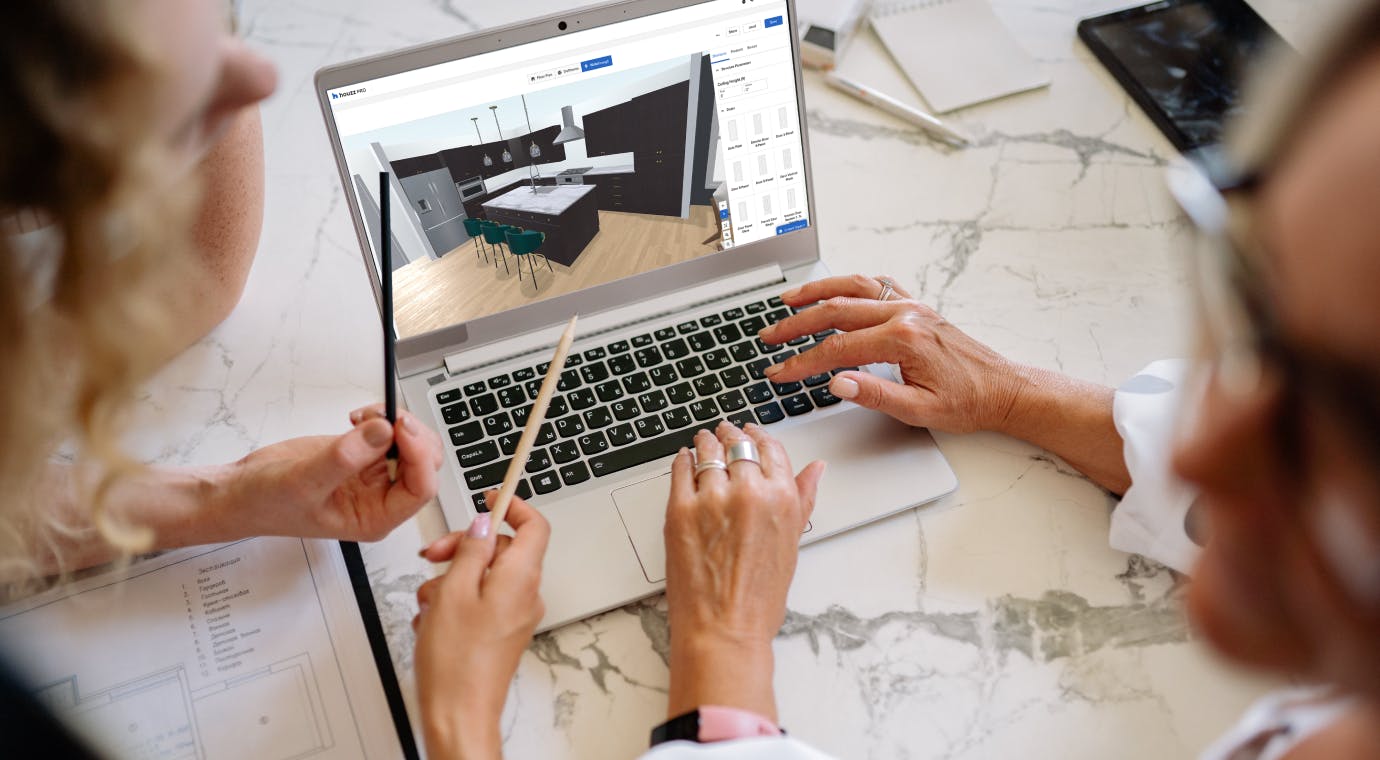
5. Pick a Process and Business Tools
Whether you’re hiring a team upon the start of your new interior design company or going solo, planning how you’ll handle not just the design work itself but all the supporting admin tasks — communications, lead management, bookkeeping, billing and so on — is essential for a smooth-running business. “I definitely believe the old Henry Ford adage of ‘Failing to plan is planning to fail,’” says Deana Duffek of Duffek Design & Development. “The key for us is organization and communication straight down the line — with the client, with architects, contractors, engineers, everyone on our team.”
The simpler your process is, the less time you’ll spend on drudgery and the more time you’ll have for actually designing. Many pros consider technology essential to a streamlined process. “I use Houzz Pro to optimize my business process all the time,” says Blake Eastwood, CEO of Entire Home. “It is a great tool that has helped us grow. It makes contract signing and approvals very easy and also allows us to manage projects efficiently.”
Designer Jennifer Kizzee relies on the same software. “With Houzz Pro, we can build mood boards and room boards like it’s nobody’s business. We love the Clipper — I think that was the best invention in the whole world,” she says.
Whatever process you land on, make sure it’s sustainable, can scale with your company as it grows and is easy to use not just for you but for any future employees.
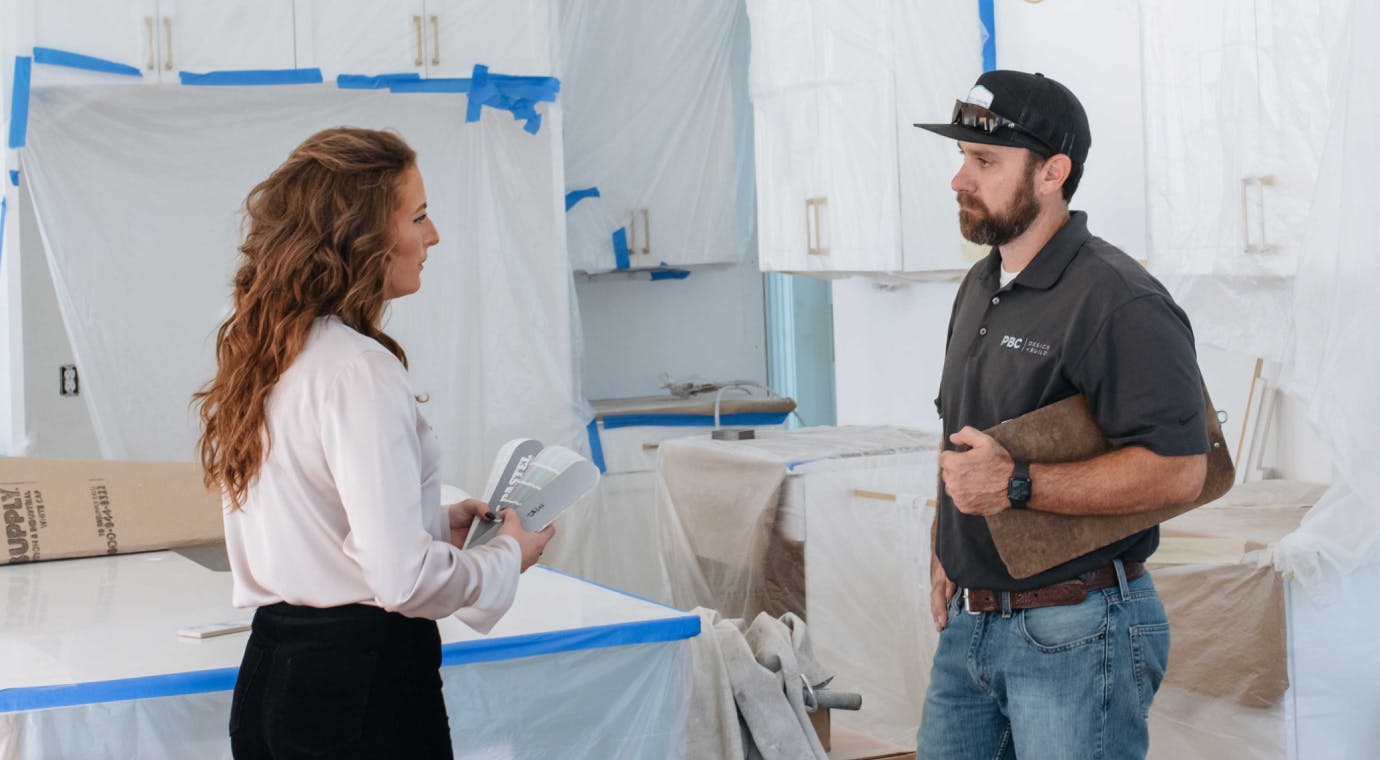
6. Develop Vendor Relationships
“If we didn’t have good relationships with vendors, we couldn’t sell anything to our clients, so it’s very, very important,” Irion says. Finding both product sources and subcontractors you can rely on for quality and timely delivery is essential in delivering high-quality designs that leave clients thrilled. Vendors may also turn into referral sources for you or offer discounts once they know you, so try to build relationships with them from the start. A few ways to find suppliers of goods and services:
- Visit showrooms
- Attend trade shows
- Search websites of trade organizations
- Ask other designers
Learn more about how to cultivate vendor relationships.
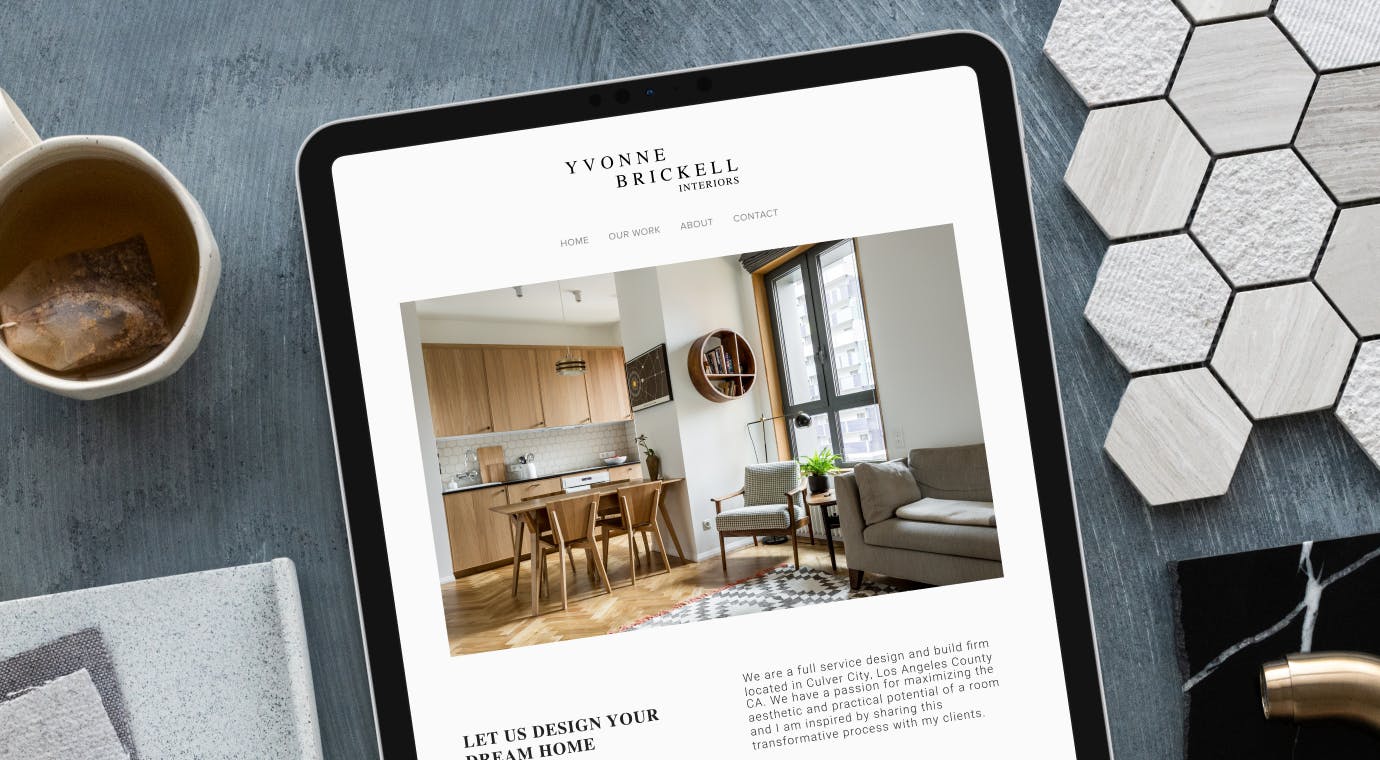
7. Market Your Business
Entire books dedicated to marketing a business exist, but we’ll cover the basics here: creating an online presence, building your brand and advertising. Creating a professional-looking website and professional profiles on home design sites like Houzz, with high-quality project photos if you have them, is step one.
Create a website. If you don’t have the time or money to build a website from scratch, let Houzz Pro do it for you. Start by building a Houzz Pro profile, which displays customer reviews, project pictures and your contact info to potential clients. Then, using Houzz Pro, create a custom website, you can pull photos, reviews and more from your profile to create a beautifully designed website with just a few clicks. You can customize the website too, choosing a theme, a color palette and fonts that match your aesthetic as well as adding your logo.
Get more leads. Social media can go a long way toward getting your business in front of potential clients’ eyes, but be savvy about it. Posting photos into the general social media ether will get you only so far. Try to use a targeted approach, posting where your target audience spends the most time online. The costs for paid advertising can add up quickly if you don’t know what you’re doing, so consider paid ads carefully or get professional support. Houzz Pro, for example, offers a number of ways to get leads — including targeted advertising — with expert support.
“I love getting new client leads through Houzz Pro,” designer Nate Fischer says, “as they are all listed in one place, with all the client’s information and project details. I even get a reminder if I forget to reply to a new client lead, which has saved me more than once.”
Build your brand. Consider these 7 tips and more ways to build your brand. Overall, you want to use imagery that strongly conveys your design philosophy, have a cohesive style across all media platforms and make sure that everything client-facing is as professional-looking as possible.
Getting positive reviews for your work and posting them is critical for building your brand as well as for attracting new and repeat clients. “Online reviews are great, because they are one of the first things prospective clients see if they look for us, and they boost our positioning with search engines,” says Brit Amundson, president and owner of TreHus Architects + Interior Designers + Builders.
“I’ve noticed more and more contacts being made due to the amount of reviews I have, and even my responses to reviews,” says Natasha Burton of NB Interiors UK.
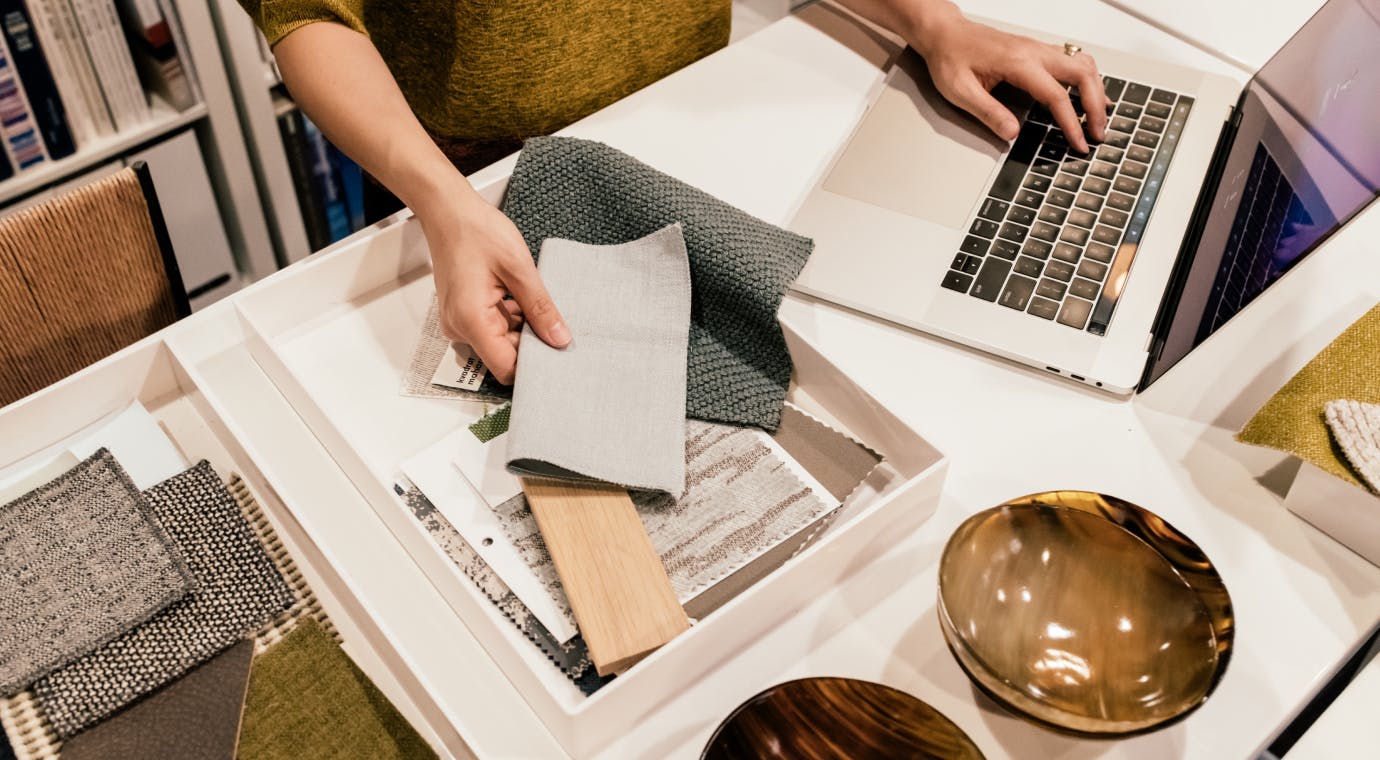
8. Find Resources and Support
The American Society of Interior Designers (ASID) offers a number of resources, including marketing and development advice, opportunities for professional education and even mentors. You can also join groups related to your specialty; for instance, the National Kitchen and Bath Association (NKBA).
Networking with other designers at trade shows can be mutually beneficial as well: You can share the names of trusted vendors, refer clients to each other when a project isn’t a good fit for you and lean on each other for support, answers and insight.
Even if you have a good business network, a business coach can provide comprehensive help that you might not find elsewhere. “I’ve been with my business coach for years and years and years, and I would not have a business without one,” Gutierrez says.
Read more: Kerrie Kelly and the ASID Are Working on Interior Design's Future
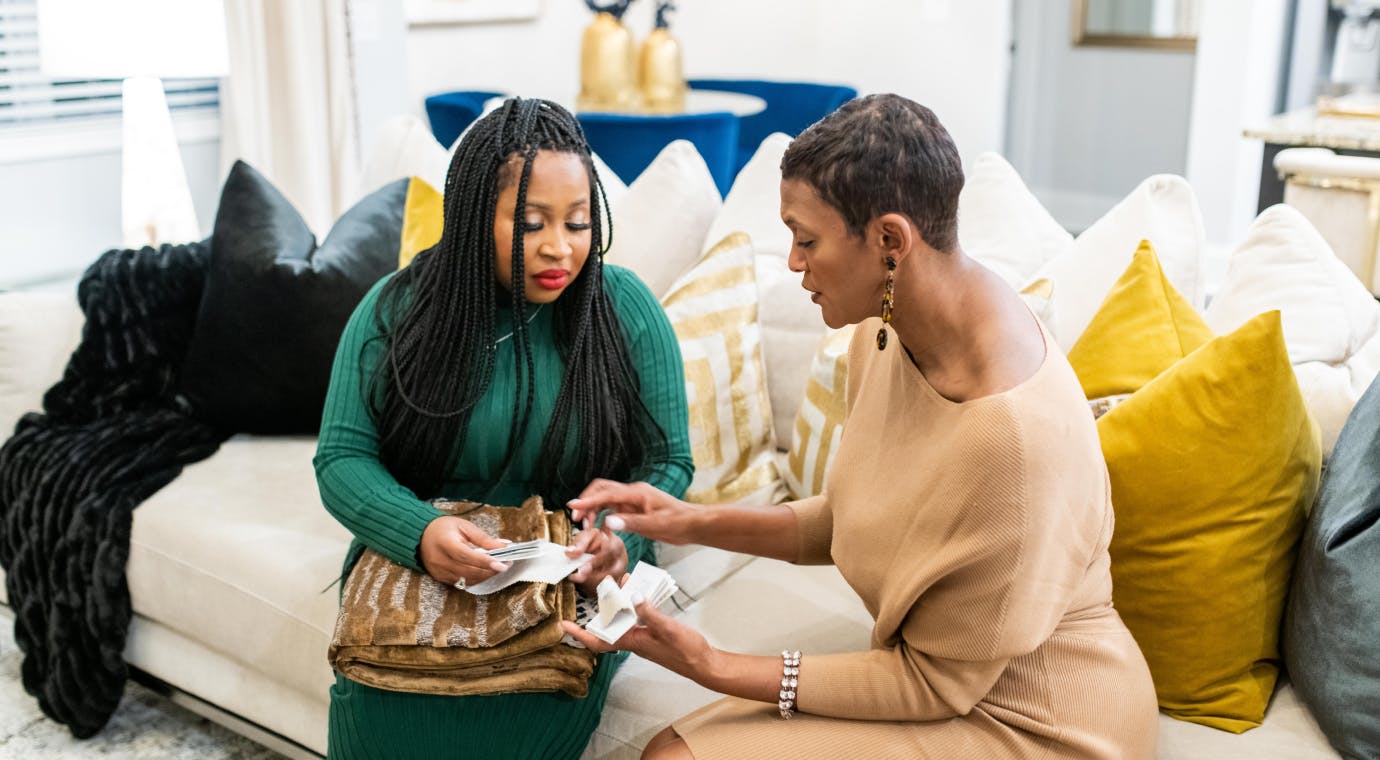
9. Plan to Grow
Even if you’re perfectly happy with the size of your business and the projects you’re taking on right now, it’s good to consider a plan for growth so you’re not taken by surprise during a boom. Having a system that works, is scalable and is easy for any new hires to pick up is essential. Many designers rely on software for help with this.
Interior designer Jena Bula of Delphinium Design, for example, uses Houzz Pro to keep all her client communication in one place. “It is just cleaner and easier and less confusing for everyone. Especially as I build my team, putting everything accessible in one place, it’s a big deal.… It allows me to take on more work and know that nothing’s falling through the cracks.” But the biggest admin burden the software removes for her? “Invoicing…because that was extremely time-consuming. I was always double-checking myself,” she says. Houzz Pro’s invoicing tool “does all the math for me, populates taxes, all that stuff,” Bula says.
After that, consider if you’ll want to bring on any employees, which can lead to exponential growth in projects and revenue. “I think one horse can pull 8,000 pounds, but two horses can pull 24,000 pounds,” Gutierrez says. “That same wisdom translates to having a team member. One person on their own can do $10 worth of business, but two people can do $50 worth of business,” Gutierrez says.
And remember that even if you plan to grow, you can say no to any projects you don’t really want to take on. “You have to go to the school of hard knocks and learn that oftentimes saying yes means that it’s not efficient, not effective and doesn’t result in high-quality design,” Duffek says. “I think that’s where you start to carve out your niche and figure out where you belong in the design industry.”
As a new business you are also likely to face new challenges affecting the entire interior design industry - supply chain delays, labor shortages, and increasing customer demands. To help you overcome these headwinds, we’ve launched the Houzz Pro Managing Growth Initiative.
Ready to start an interior design business? Learn more about how Houzz Pro can help interior designers manage and market their business, generate leads, and stay on top of projects.

Want advice delivered to your inbox?
Unlock industry insights and updates for contractors and design pros
By signing up, I agree to the Houzz Terms of Use and Privacy Policy and that Houzz may use my information to contact me about relevant content, products, and services.





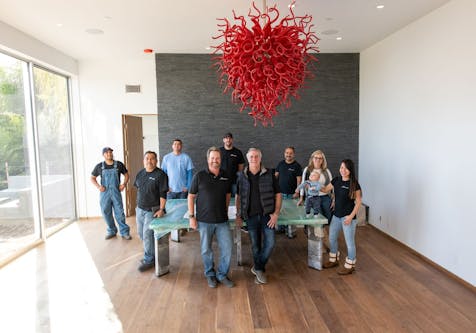



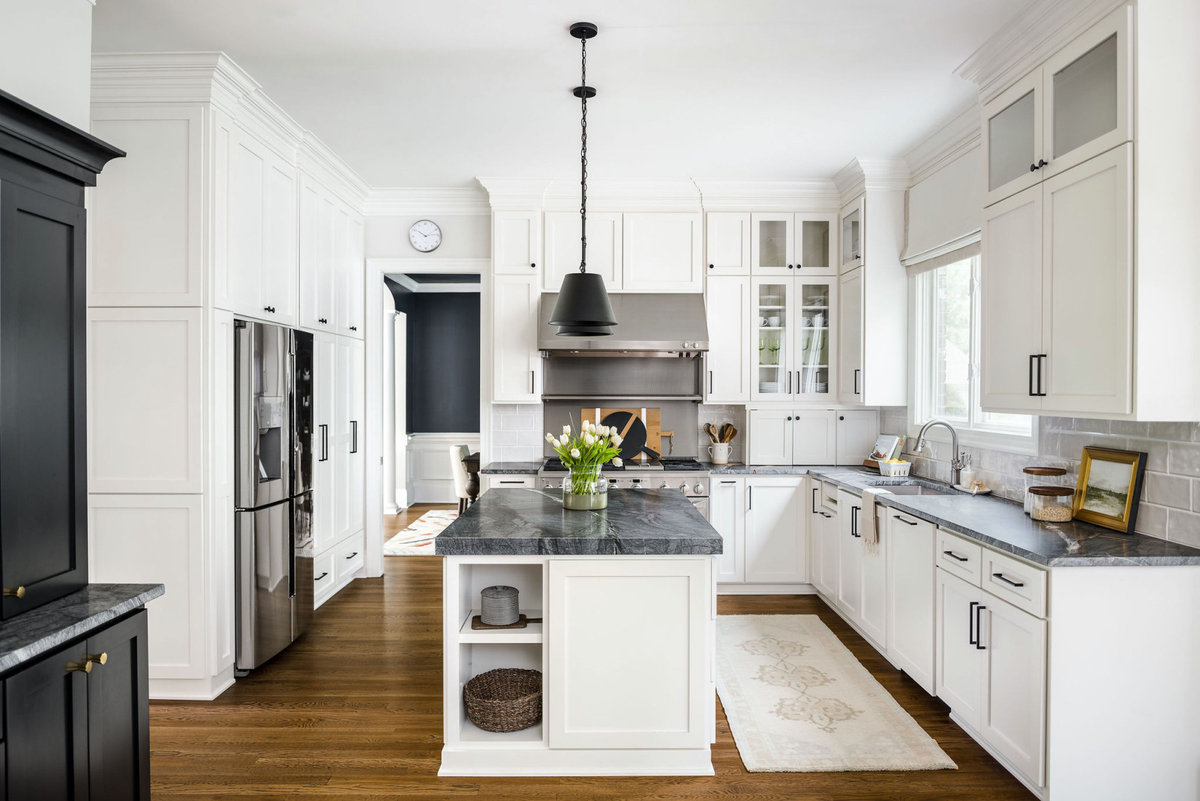
Join the conversation by commenting or asking a question below. The Houzz team reads every single comment, and we’ll get back to you by email if you need us!